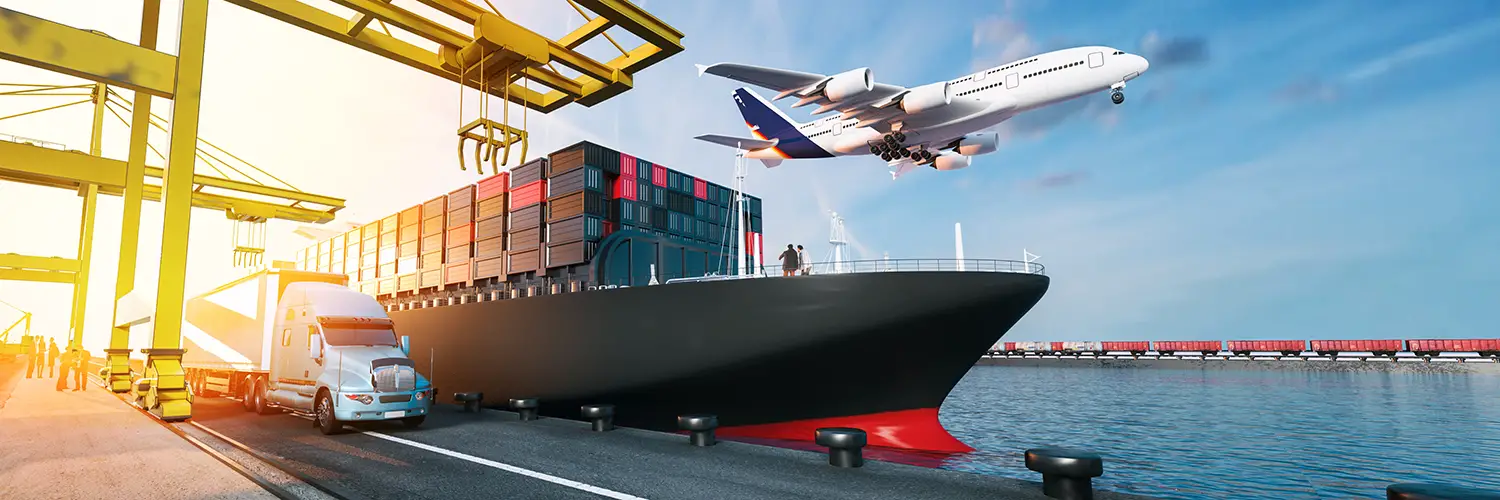Evolution of Logistics
 Photo courtesy of Logistics ManagementOpens in new window
Photo courtesy of Logistics ManagementOpens in new window
Militarists know all about logistics but now is the time for business people to do the same. As we’ll see, the word logistics originated from combat environments and not from business or academia. It was only in the seventies that the term logisticsOpens in new window was first used in business. |
The Oxford English Dictionary defines logistics as ‘the art of moving, lodging and supplying troops and equipment.
The word comes from the name Maréchal du Logis, who was in charge of supplies in Napoleon’s armed forces. Before du Logis took charge, the soldiers of the French army were commonly called ‘sans culottes’, meaning ‘without pants’!
Du Logis contributed to Napoleon’s victories by seeing to it that the soldiers not only had pants, but everything else they needed. He was the first to tackle military supply lines on a businesslike basis, and in the process he left his mark on European history. (Some dictionaries give an alternative explanation, that the word is derived from the French word loger, meaning to lodge or store.)
Logistics systems developed extensively during World War II (1939 – 1945). Throughout this war, the United States and its allies ‘ armies were more efficient than Germany’s. German army stores were damaged extensively, but Germany could not impose the same destruction on its enemies’ stores.
The US army could supply whatever was needed by its forces at the right time, at the right place, and in the most economical way. From that time, several new and advanced military logistic techniques started to take off. Gradually, logisticsOpens in new window started to evolve as an art and science. The first scientific boot, it seems, written on logistics was by Antoine-Henri Jomini (1779 – 1869), a general in the French army and later in the Russian service, titled Summary of the Art of War (1838).
The book was on the Napoleonic art of war. Jomini defined logistics as “the practical art of moving armies” and included a vast range of functions involved in moving and sustaining military forces: planning, administration, supply, billeting and encampments, bridge and road building, and even reconnaissance and intelligence insofar as they were related to maneuvers off the battlefield.
War and Businesses Both Need Supplies
In some senses war and business are very similar. Both are heavily reliant on supplies to function effectively. Armies must get their equipment and factories must get their materials if they are to produce top quality products on time.
Today, experts in logistics perform their duties based on their skills, experiences, and knowledge.
In modern industries, the task of logistics managers is to provide appropriate and efficient logistics systems. They guarantee that the right goods will be delivered to the right customers, at the right time, at the right place, and in the most economical way.
Although logistics is a dilemma for many companies, logistical science can bring some relief to them. In today’s business environment, logistics is a competitive strategy for the companies that can help them meet the expectations of their customers.
Logistics helps members of supply chains integrate in an efficient way. Logistics does not consist of one single component but involves a group of various activities and disciplines such as purchasing, planning, coordinating, warehousing, distributing, and customer service.
- J.C. Johnson, D.F. Wood, D.L. Wardlow, P.R. Murphy, Contemporary Logistics, seventh ed., Prentice Hall, Upper Saddle River, NJ, 1999, pp. 1 – 21.
- A. Rushton, P. Crouche, P. Baker, The Handbook of Logistics and Distribution Management, third ed., Kogan Page, London, 2006.
- S.C. Ailawadi, R. Singh, Logistics Management, Prentice Hall of India, New Delhi, 2005.

